Nikkei: Honda’s next-gen Fit Hybrid to overtake Toyota Aqua in fuel economy
Green Car Congress
JULY 6, 2013
The Nikkei reports that the hybrid version of Honda’s next-generation Fit, powered by a newly developed engine and electric motor, is capable of delivering fuel economy of about 36 km/l of gasoline (84.7 The Aqua posts JC08 fuel economy of 35.4 mpg US, or 2.8 l/100 km) in tests based on the JC08.


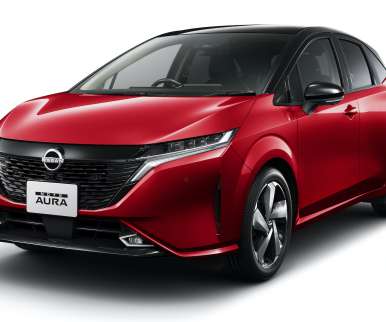




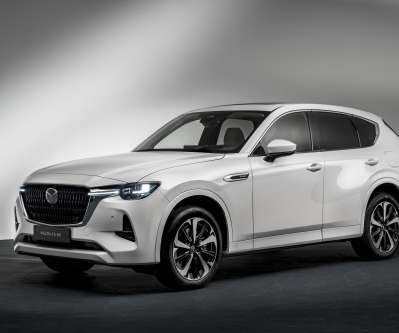


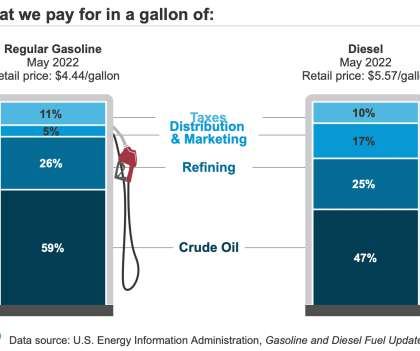

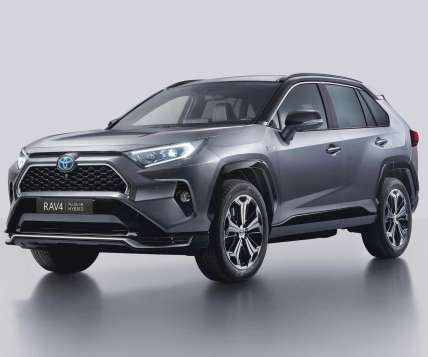




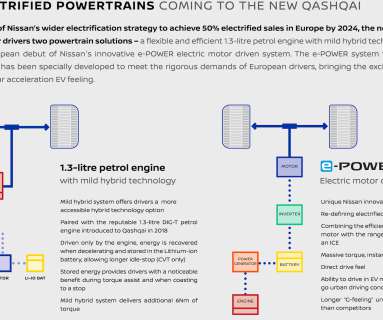

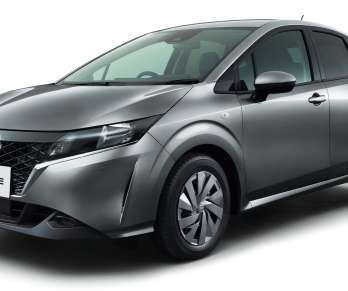



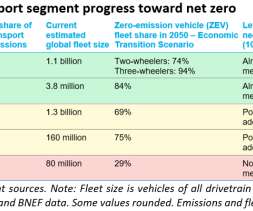



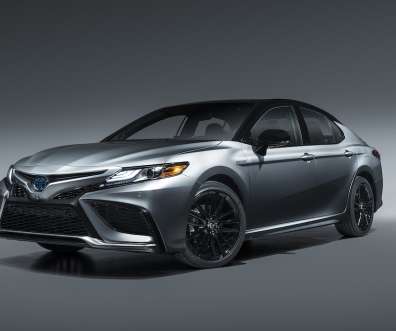












Let's personalize your content